Connecting a semi-automatic washing machine
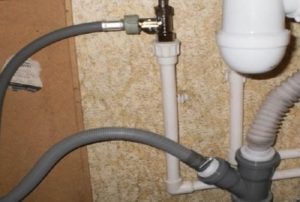 A lot has already been said about the correct placement of conventional automatic washing machines, but what to do with semi-automatic models? Everyone knows that they are not so picky and do not require a connection to the central water supply. Then the question arises, how to connect a semi-automatic washing machine and is this possible, or is the equipment only suitable for country conditions?
A lot has already been said about the correct placement of conventional automatic washing machines, but what to do with semi-automatic models? Everyone knows that they are not so picky and do not require a connection to the central water supply. Then the question arises, how to connect a semi-automatic washing machine and is this possible, or is the equipment only suitable for country conditions?
Connecting semi-automatic devices to communications
In fact, ease of installation is another competitive advantage of semi-automatic machines over their fully automatic counterparts, besides the low price. To install the machine, no special skills are needed; you just need to take into account some subtleties for more comfortable operation.
Important! Filling and draining of water is done manually by the owners, so there must be a source of water and a bathtub or toilet for flushing not far from the location of the semi-automatic device.
The ideal location for such equipment is the bathroom. Not only because there is a tap for drawing water and a bathtub for draining, but also because it is very convenient to rinse clothes in the bathtub. Of course, semi-automatic machines are endowed with the ability to rinse, but many years of experience have established that manual rinsing is many times better and takes even less time. After manual rinsing, the laundry can be put into a centrifuge and spun automatically.
If you still want to transfer the rinsing to the washing machine, you can install it anywhere and connect it to the water permanently through a 3/4-inch tee tap. The tap is connected to a pipe with hot water, and an inlet hose is connected to it.
Opening and closing the tap starts and stops pouring water into the CM tank.
The drain can be connected to the sewer pipe in the same way by placing a tee on it. You need to insert a rubber cuff into the hole for the hose on the side so that the hose does not fly off at the wrong moment. However, this method will not add convenience, because you will still have to monitor the drain every time.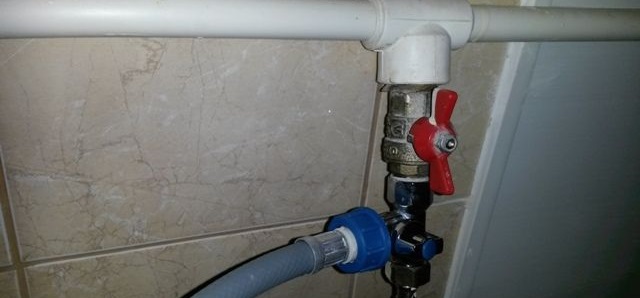
As for the coating, it is better to place the unit on a pre-leveled concrete floor, as well as using anti-vibration attachments. Finally, we should not forget about the ease of use of the outlet. Cords scattered all over the floor, and even in the bathroom, are an extremely undesirable phenomenon.
Also, before connecting, you need to think about how to install the washing machine at a slight angle towards the drain. There is no pump in it and water comes out after washing under the pressure of physical forces. If the liquid does not drain completely, the washing machine will become a habitat for microbes, a source of unpleasant odors, etc.
How to use a semi-automatic machine?
If your machine has a spin function, its washing cycle will almost certainly consist of the following steps.
- Fill the tank with warm water.
- Dissolving detergent in it.
- Connecting the SM to the power supply network.
- Mode selection.
- Starting the wash.
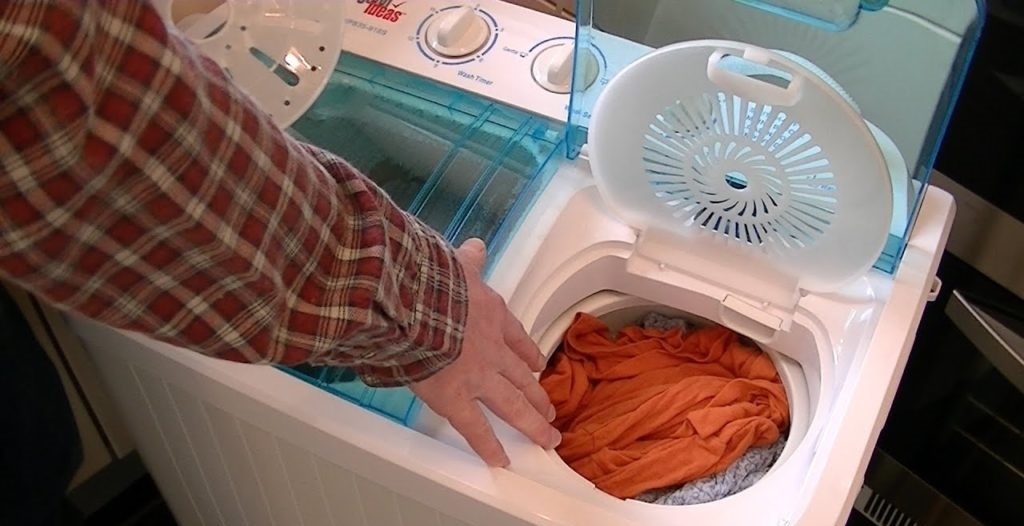
- Rinsing clothes with changing water.
- Transferring clothes to a spinning tank or running a spin cycle in the same tank.
- Disconnecting the machine from the network.
- Removing laundry from the bin.
- Draining.
There is nothing difficult about learning how to use a semi-automatic machine. And even more so in the installation. Anyone can handle this task with their own hands.In addition, the SM is not tied to any one location and can be easily transported to wherever you need it. The main thing is that there is a working outlet and a source of clean water nearby, and the rest is a matter of technology.
Interesting:
Reader comments
- Share your opinion - leave a comment



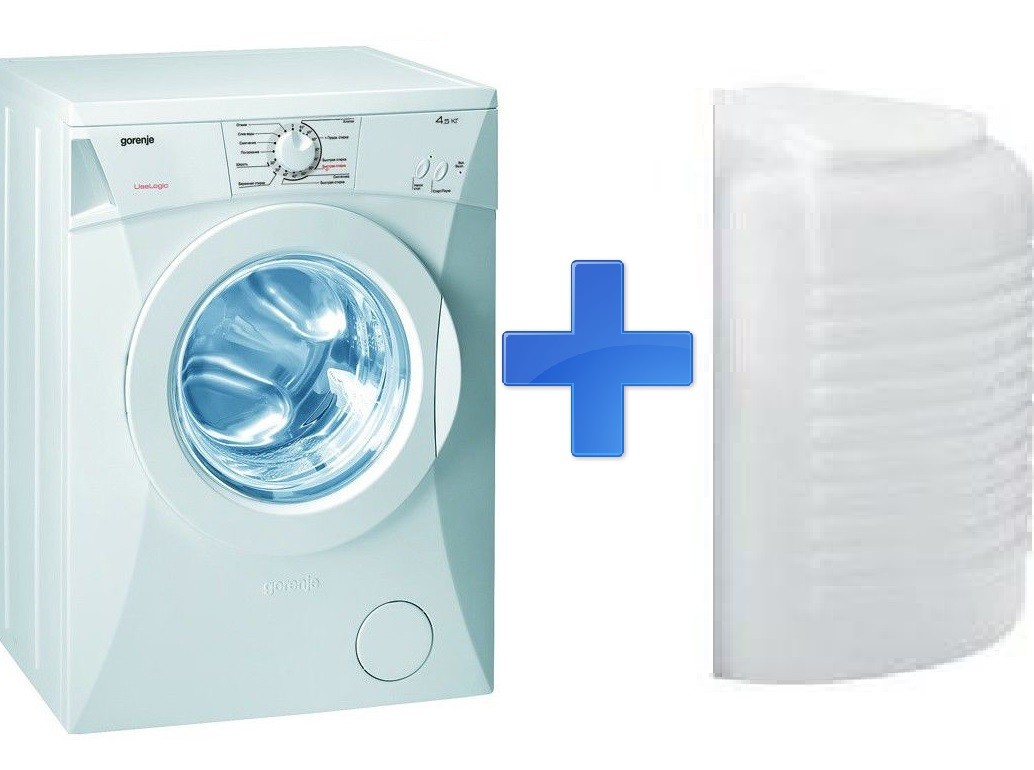


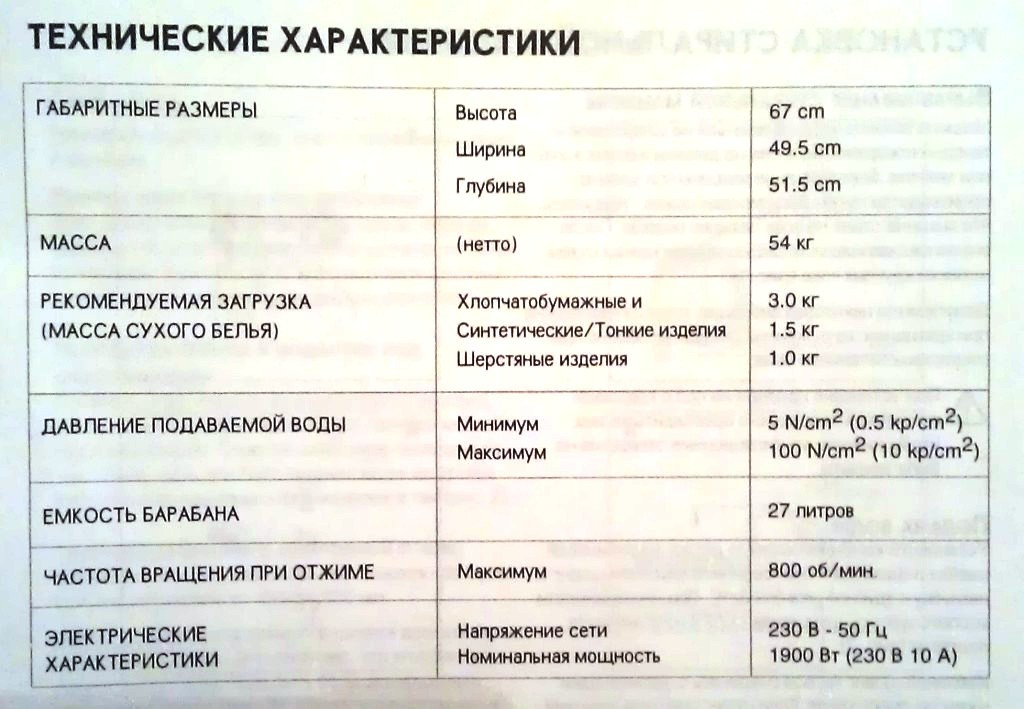














Add a comment